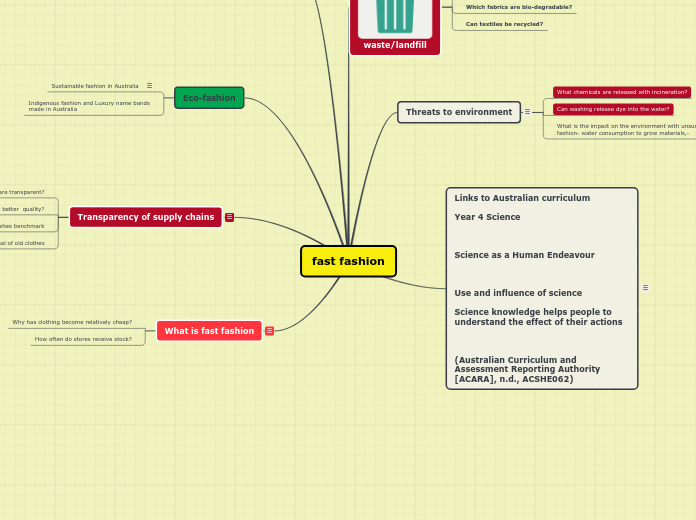von Pablo De la Peña Garza Vor 6 Jahren
158
CHEM 2
The text discusses the significance of organic molecules, particularly focusing on the characteristics and properties of carbon, including its various forms of bonds and the different types of hydrocarbons.









